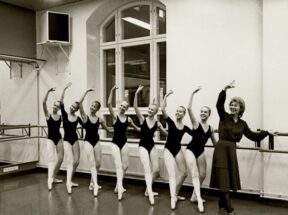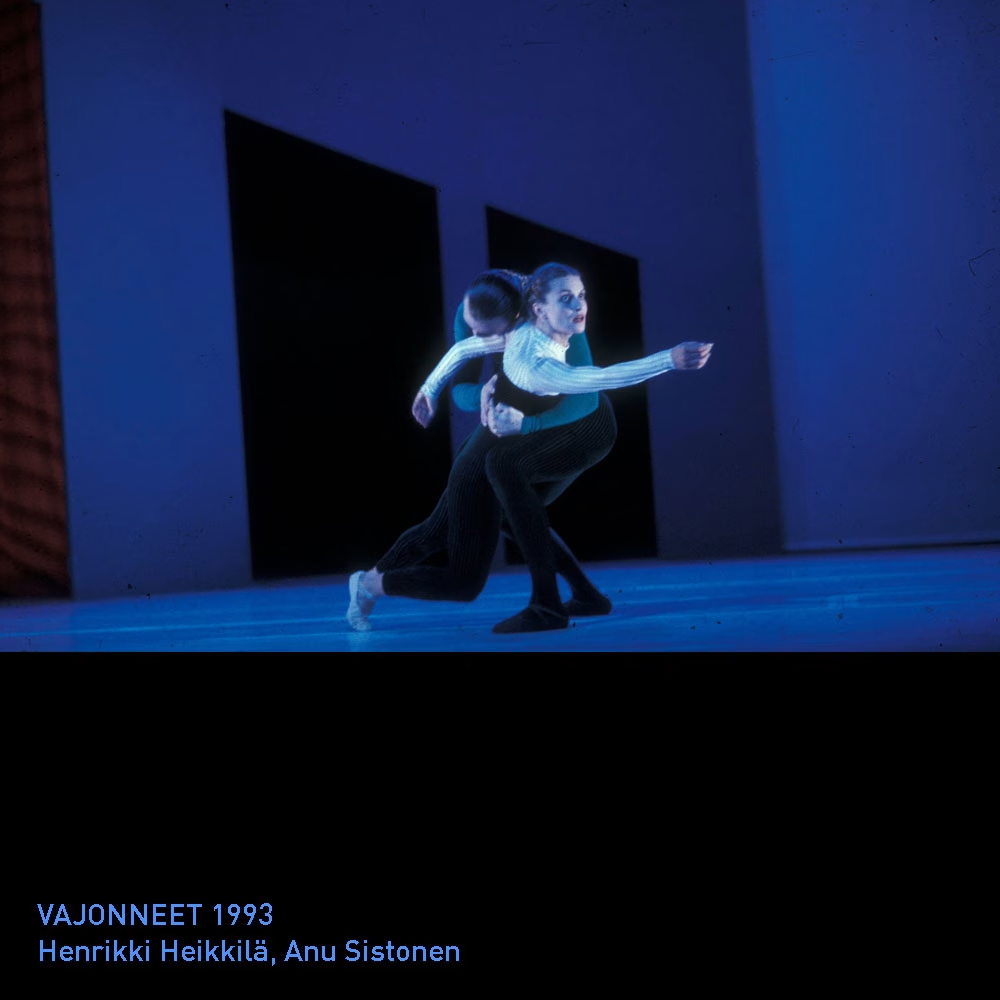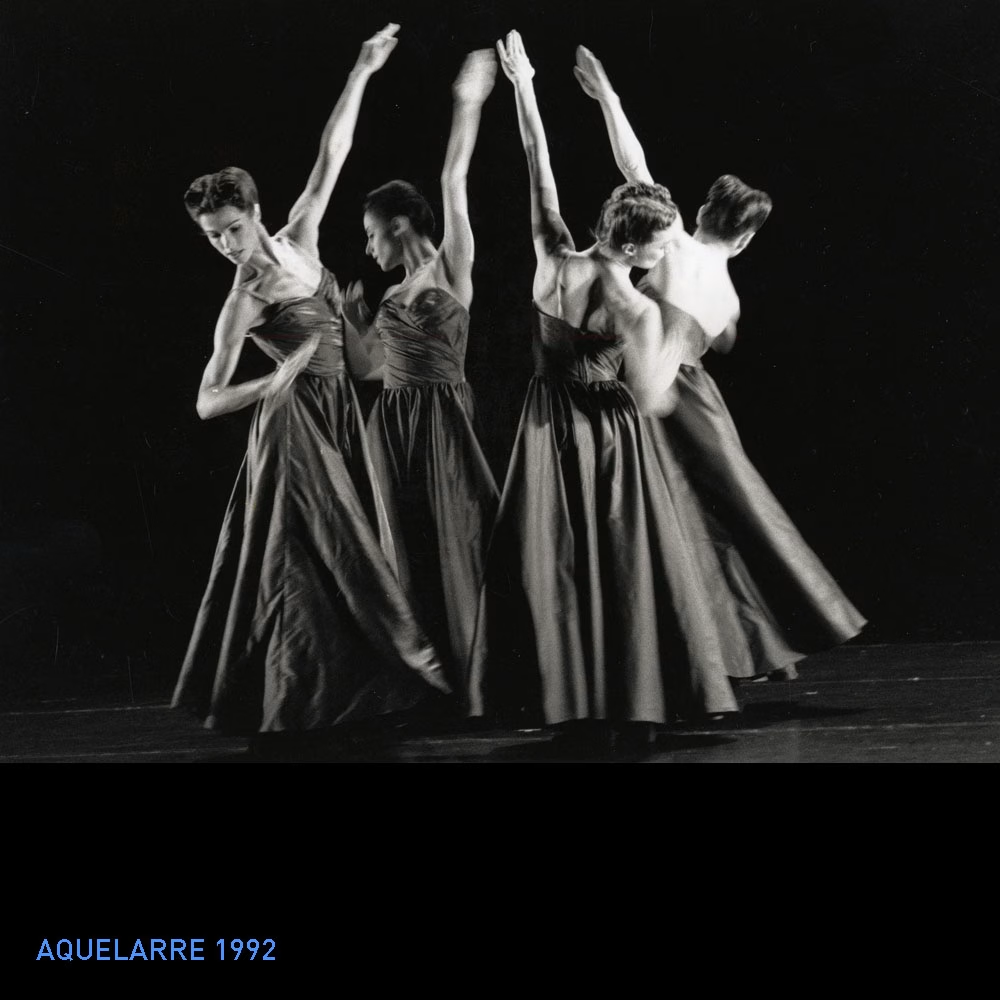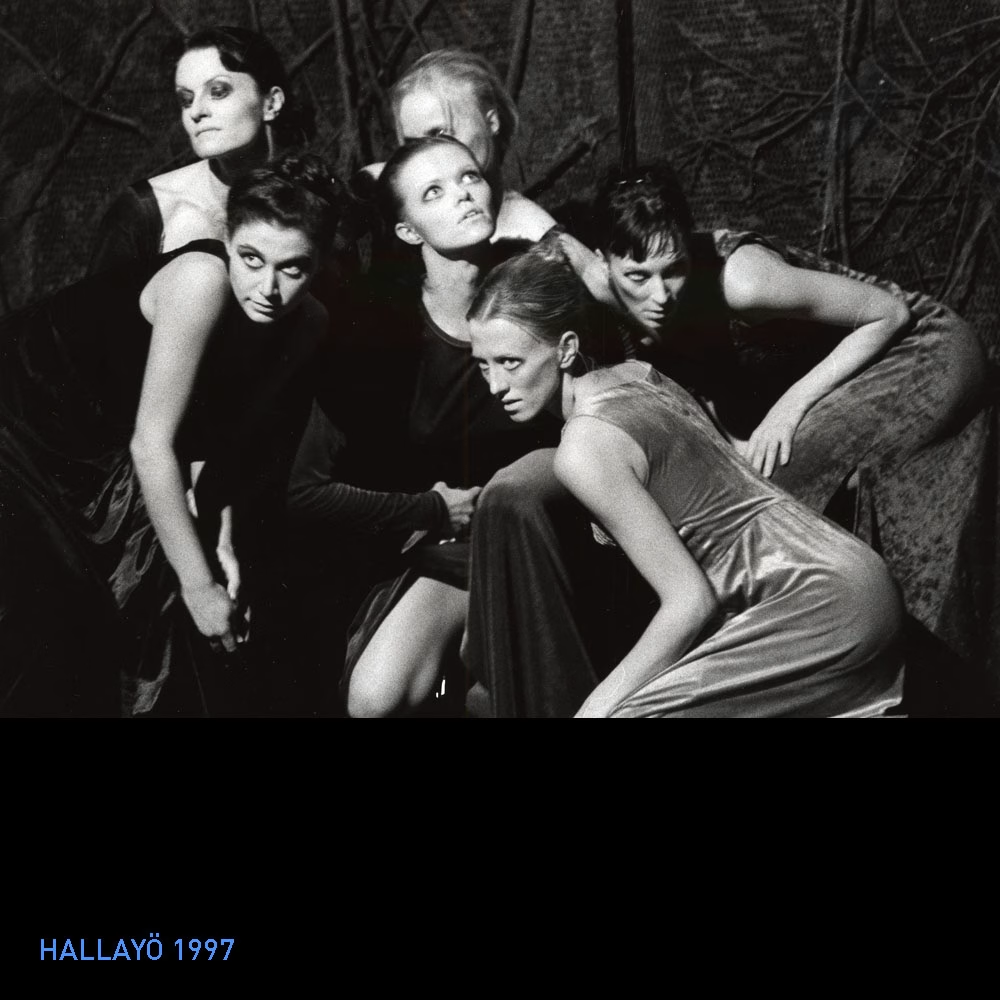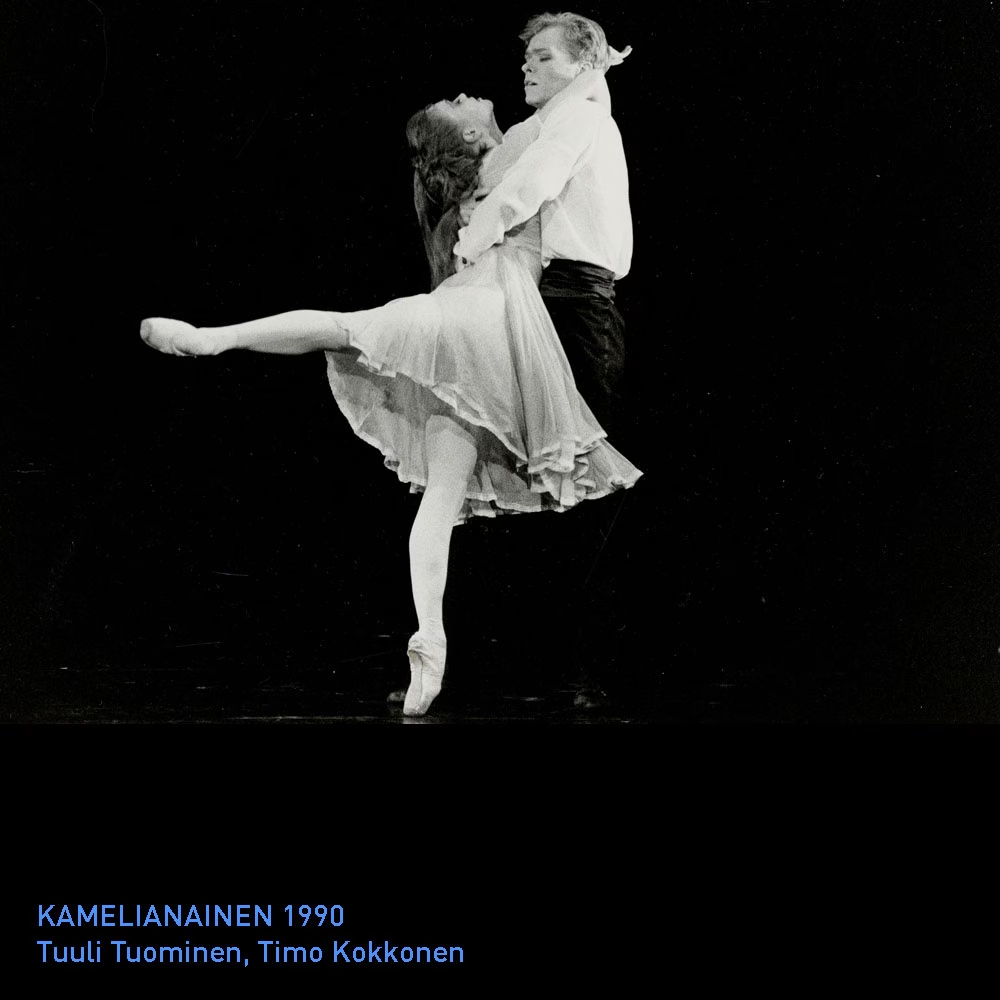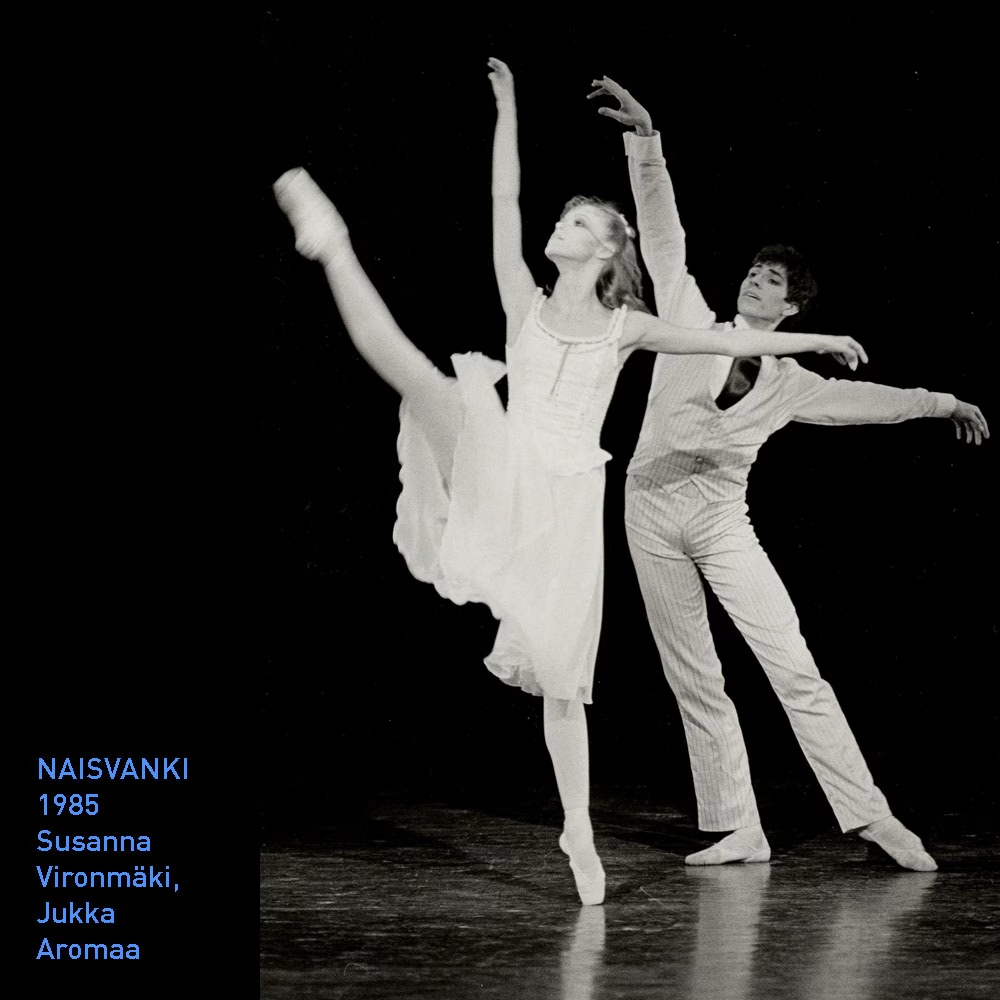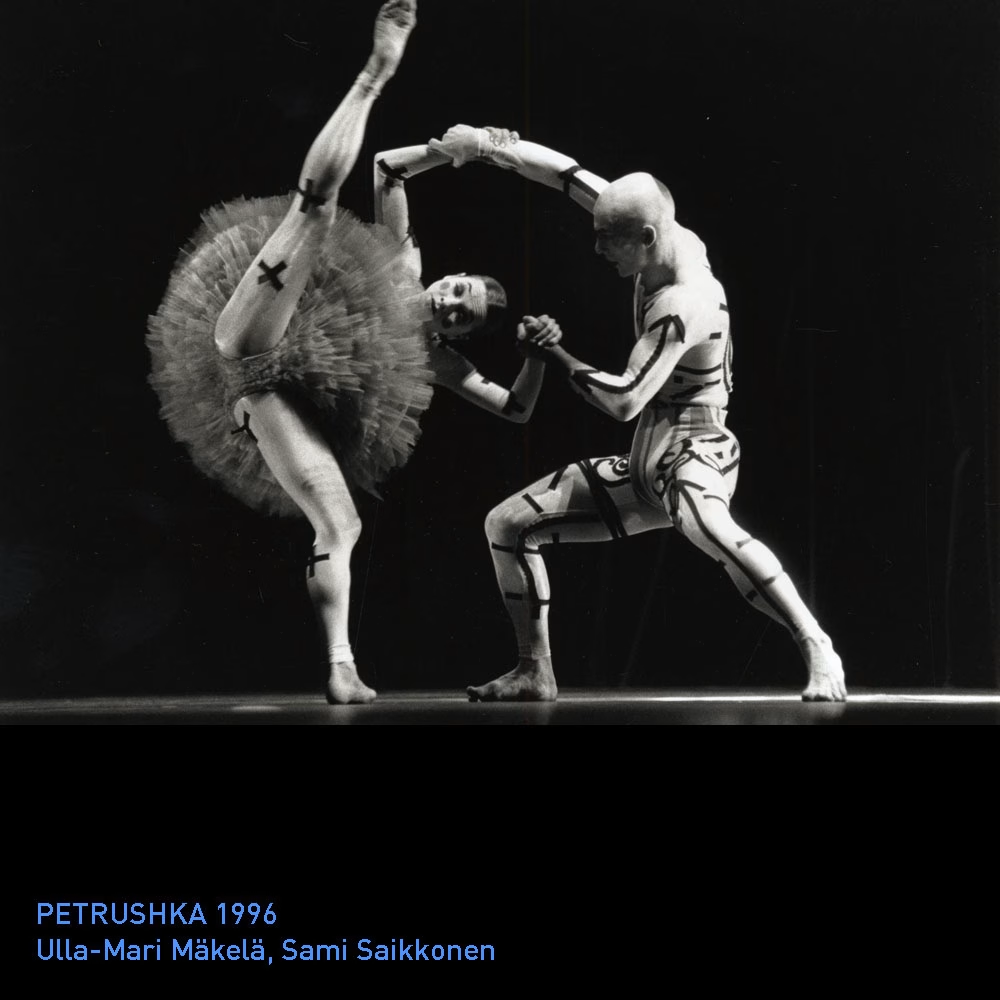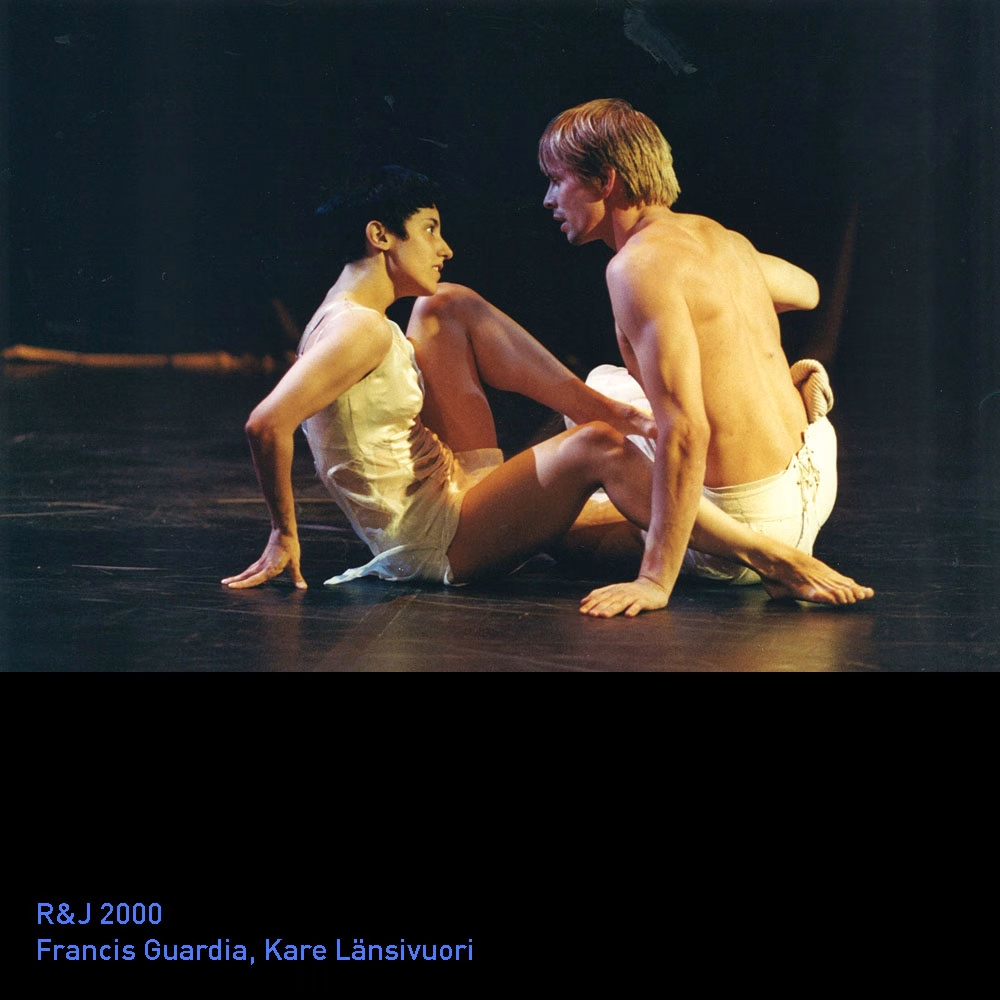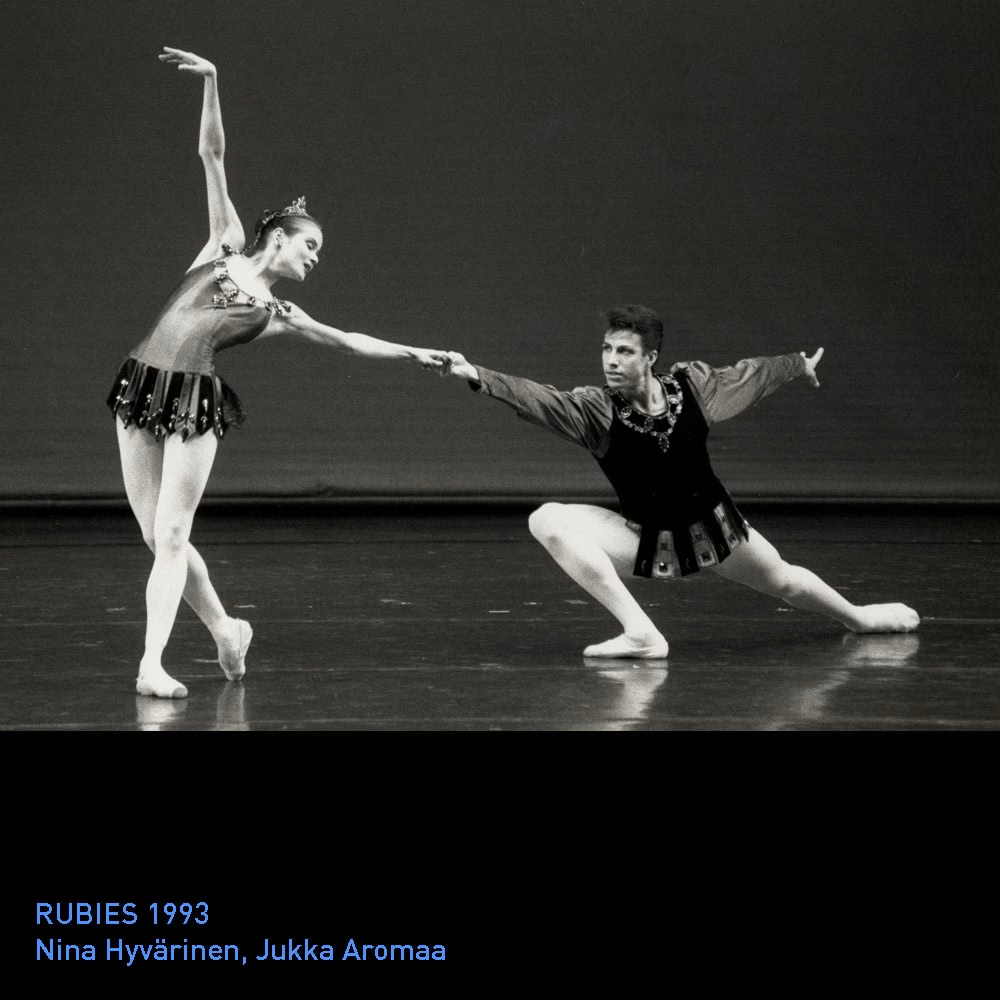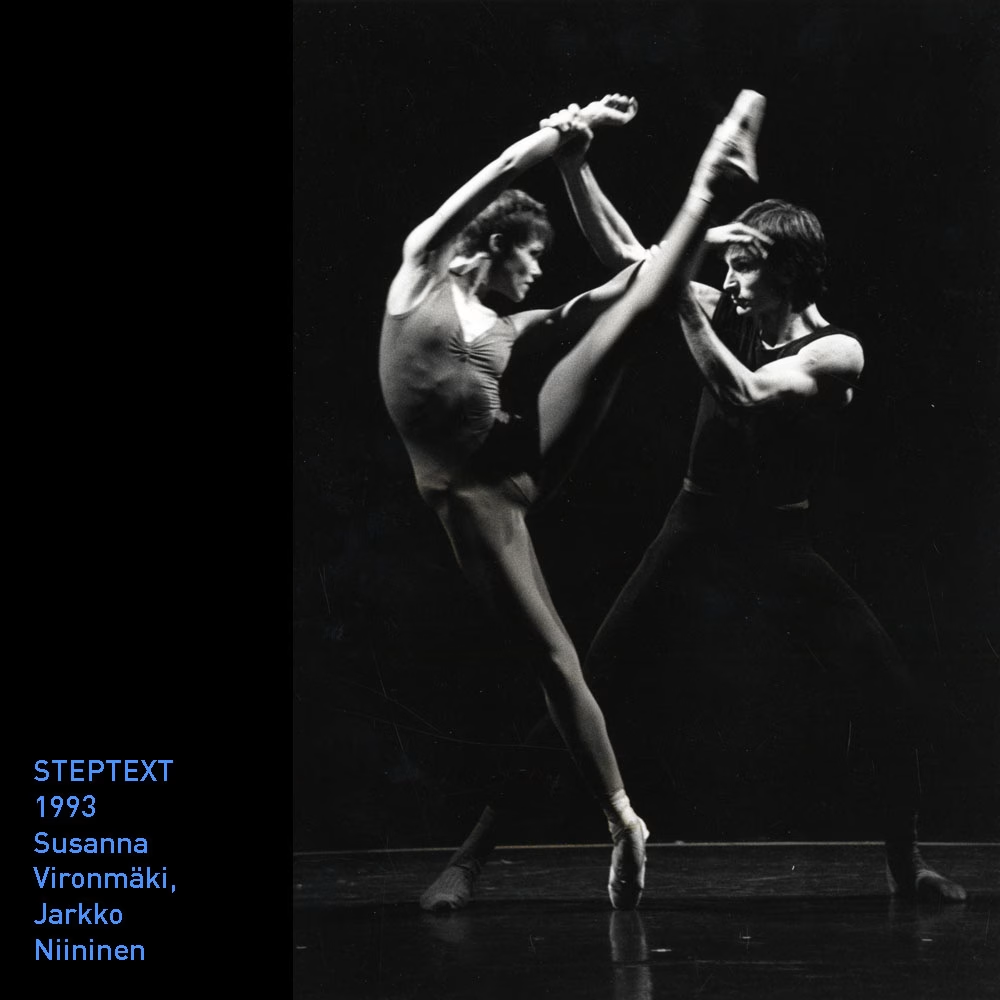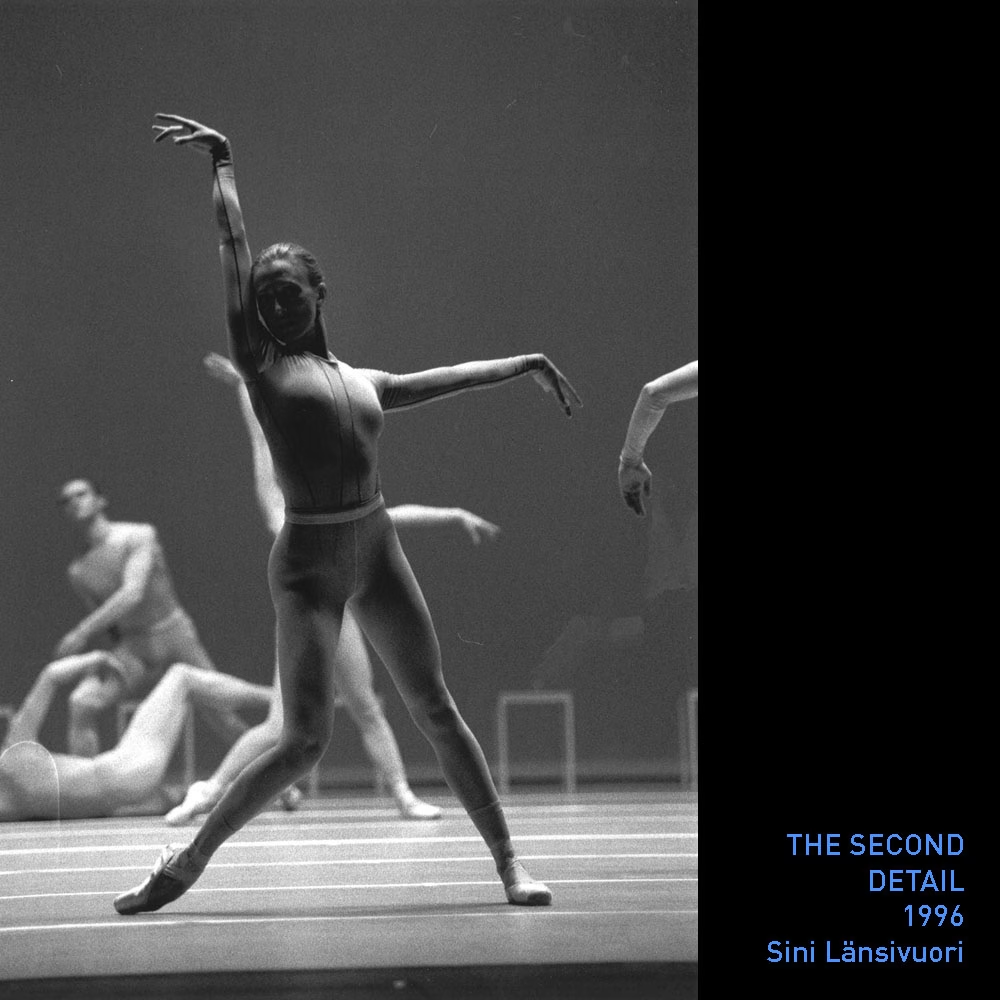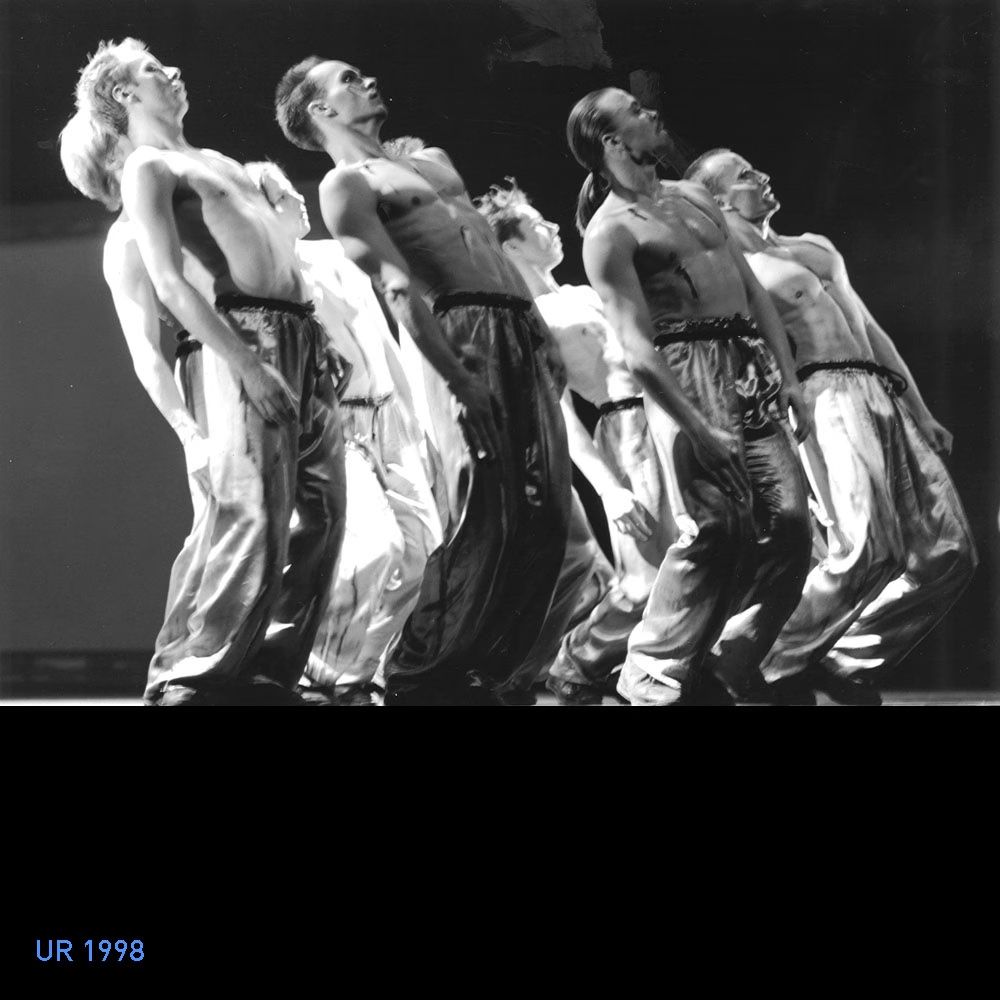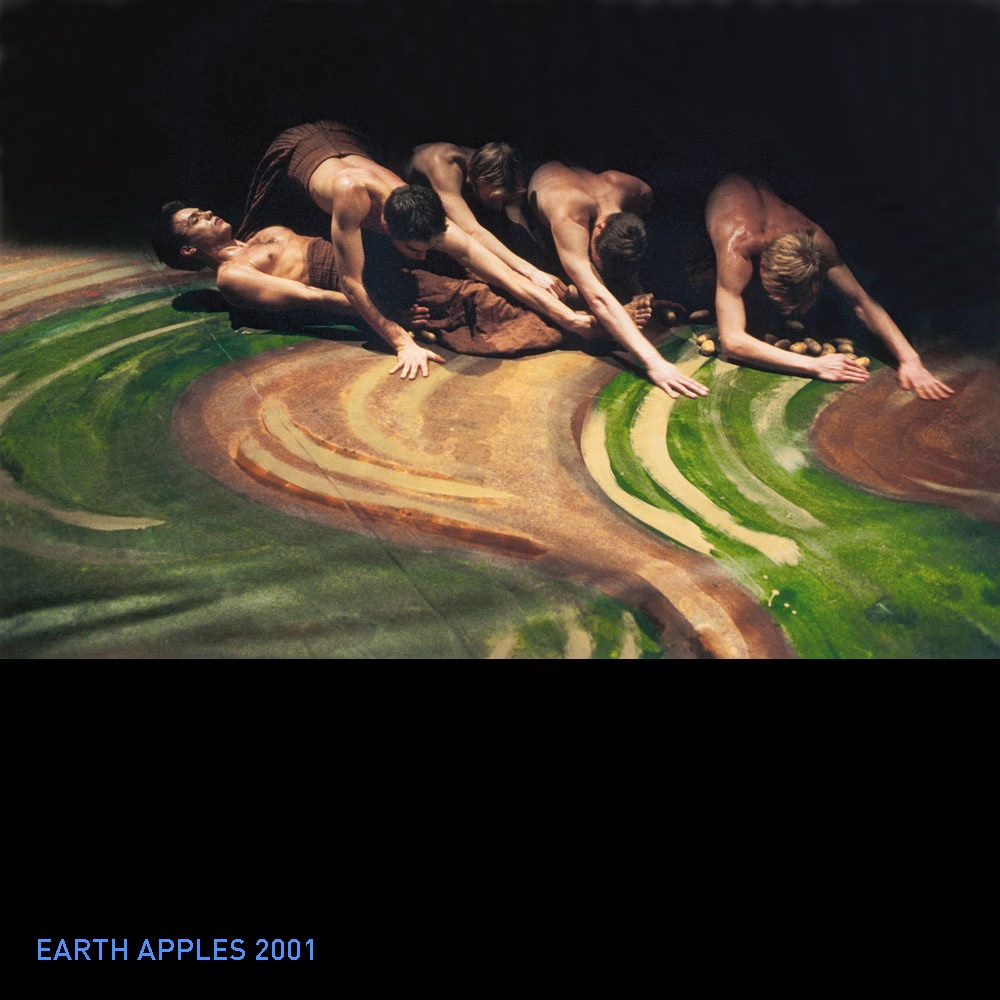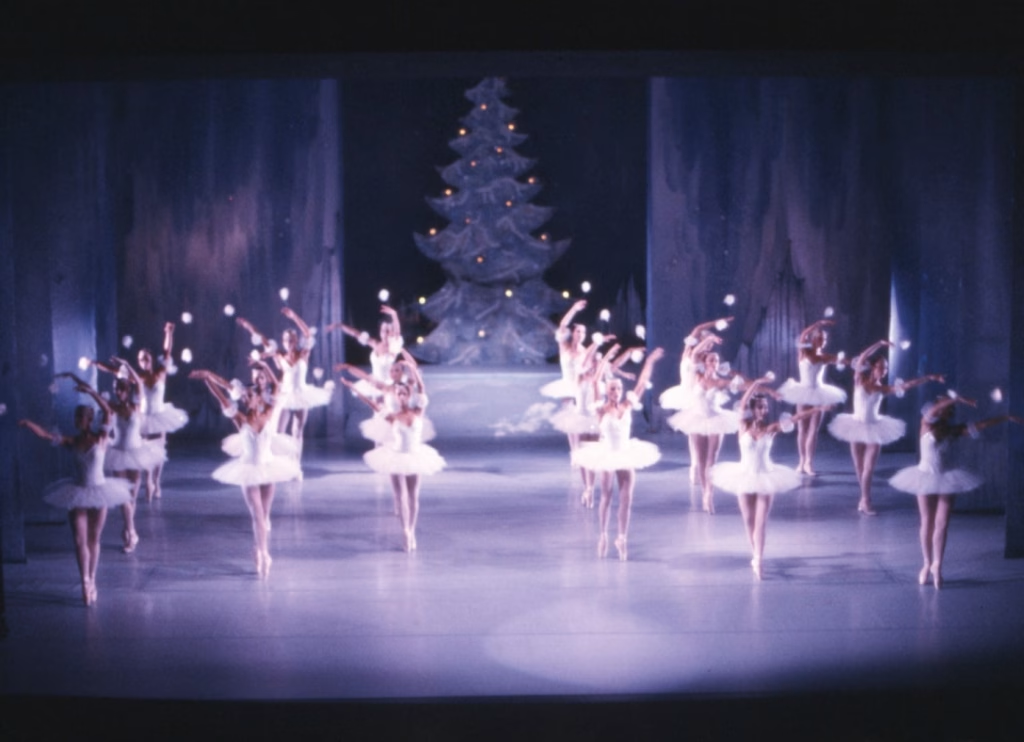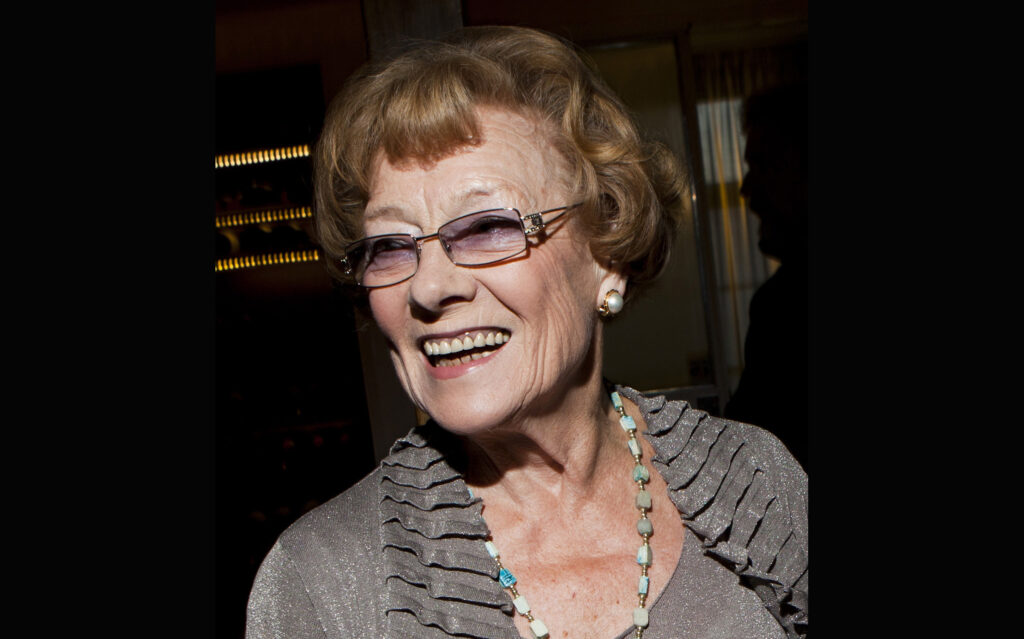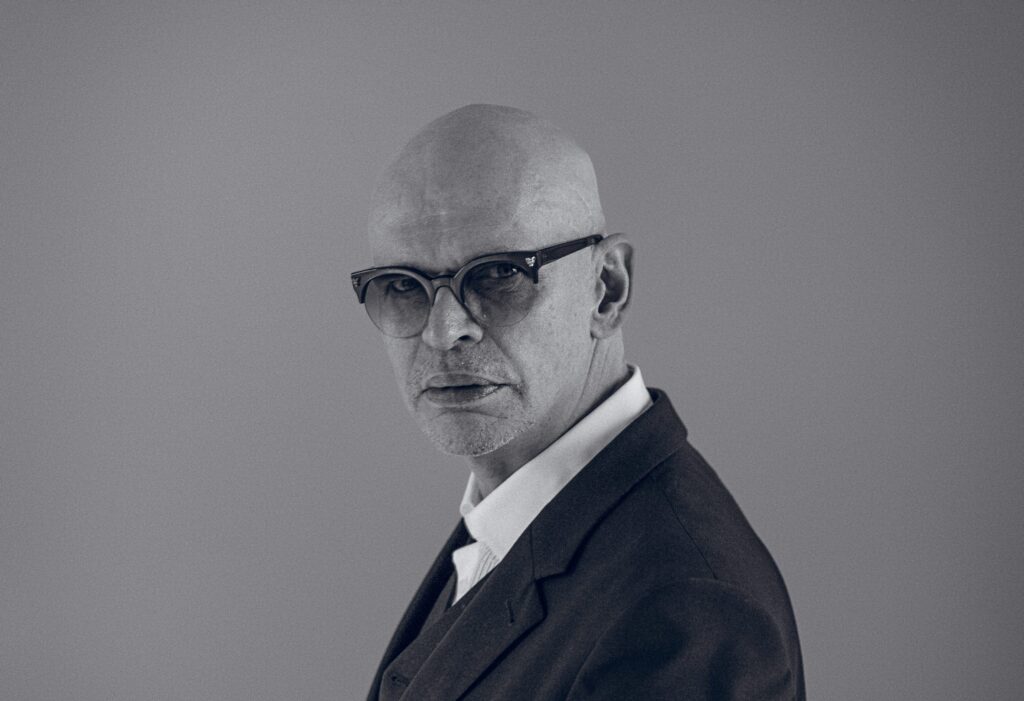A new era started at the Finnish National Ballet in 1984 when the company’s former principal dancer Doris Laine was appointed as its artistic director, after decades of short-term leaders. Dancers were initially against Laine’s tenure, as her being both principal dancer and the wife of General Director Alfons Almi had caused dispute over role assignments earlier. In the next few years, however, Laine showed her worth. She was a keen advocate for dance who held many positions of influence, while steering the ballet company towards the new Opera House.
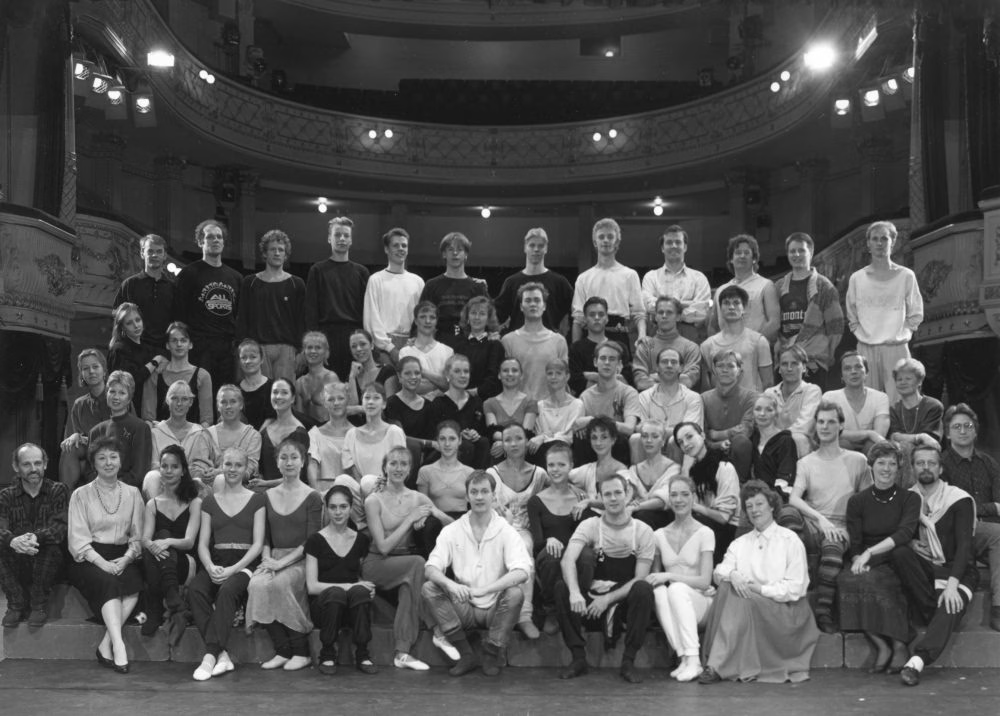
The long road to the new Opera House
Aleksander Theatre was never meant to be the permanent home of the Finnish National Opera and Ballet, and its shortcomings became more apparent every year. Due to the small stage, the ballet company could not perform full-length classical ballets, and choreographies had to be modified accordingly. Swan Lake, for instance, was no longer performed at the old Opera House since the early 1980s.
The plans for the new Opera House at the former site of a sugar factory by Töölönlahti bay finally began to take shape in the 1970s. They were completed by the time Doris Laine started her tenure as artistic director in 1984. The completion of the building was delayed, however, and the new venue wasn’t ready until 1993, after Laine had already left. The repertoire already reflected the approaching move, however. Choreographies were created for a larger number of performers and dancers started to alternate in the lead roles.
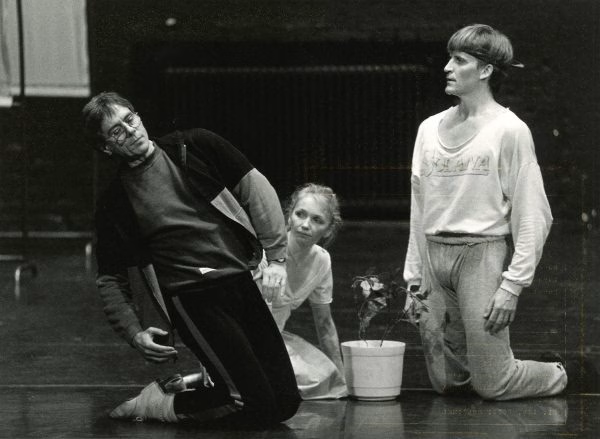
During Laine’s tenure, the focus on classical ballet resulted in new versions of The Nutcracker and the Mouse King, Napoli, La Bayadère and Giselle as well as many new, full-length story ballets choreographed in the movement language of classical ballet. The latter included Youri Vamos’s Carmina Burana to Carl Orff’s score and Jerome Robbins’s Les Noces to Igor Stravinsky’s music. Both were performed at the Messukeskus Expo and Convention Centre, which was in a league of its own in terms of space and capacity compared to the old Opera House. Les Noces didn’t return to the repertoire until after the inauguration of the new Opera House.
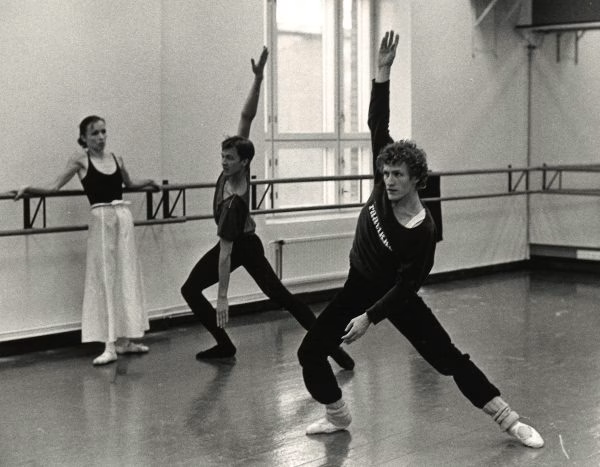
After its long-term choreographer Elsa Sylvestersson retired, the ballet company commissioned new works from several Finnish choreographers. Marjo Kuusela continued in the tradition of story ballets with Ronia the robber’s daughter to Jukka Linkola’s score. Tommi Kitti’s choreography Loviisa to Eero Hämeenniemi’s music was based on the classic Finnish Niskavuori story. The former head of the experimental dance company of Paris Opera Ballet, Carolyn Carlson, who had Finnish family origins, created the contemporary dance premiere MAA with music composed by Kaija Saariaho.
The rising new soloists of Laine’s tenure included Jukka Aromaa, Tiina Väre, Susanna Vironmäki, Juha Kirjonen, Sini Länsivuori, Jarkko Niininen, and Tuuli Tuominen.
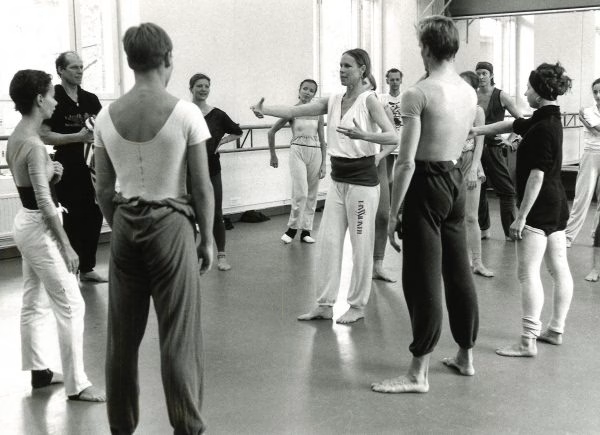
New artistic director – new Opera House
Finding a successor for Doris Laine wasn’t a straightforward process either, and the new director candidate’s suitability was discussed at length. The tenure was eventually given to Jorma Uotinen, a former dancer of the Finnish National Ballet who had given up classical ballet for contemporary dance. He had previously been part of Carolyn Carlson’s experimental dance company in Paris and worked as the dance master, choreographer and artistic director of the Helsinki City Theatre Dance Company. As he was appointed to head the Finnish National Ballet in 1992, the ballet company was expected to gravitate to a more contemporary repertoire.


The new Opera House gave the Finnish National Ballet more suitable, modern premises with triple the amount of space. As a result, the number of ballet dancers also increased by a third. Full-length ballets could now be performed without modifications, thanks to the larger stage and enough dancers. Besides Main Stage productions, the secondary stage of Almi Hall enabled the performance of smaller-scale, often contemporary works.
At the start of Uotinen’s term, the ballet’s reputation was much enhanced thanks to high profile guest performances, free performances outside the Parliament House to an audience of approximately 20000, and visiting productions at the Cable Factory cultural centre in Helsinki. Naturally, the inauguration of the new Opera House was the biggest cultural event of the decade, and despite the ongoing recession, the 1300 seats in the auditorium were sold out night after night.
One of the highlights of the opening week of the new Opera House was Vladimir Bourmeister’s Swan Lake, which the ballet company had been waiting to perform for years at its former venue. The lead roles of the production were assigned to young talents of the new generation: Nina Hyvärinen, Minna Tervamäki and Anu Sistonen along with Antti Honkanen, Jarkko Niininen and Juha Kirjonen. Other new leading names of the 1990s included Sampo Kivelä, Jonas Lundqvist, Kare Länsivuori, Francis Guardia, Jessica Kellgren, and Barbora Kohoutková.

The new stage enabled new versions of classical ballets from The Nutcracker and the Mouse King and The Sleeping Beauty to La Sylphide. Favourites that stood the test of time included Don Quixote, which premiered in 1995, the 1996 version of Romeo and Juliet, and the 1997 choreography of La Bayadère. These have stayed in the repertoire of the Finnish National Ballet for more than 25 years. Sylvie Guillem’s new Giselle for the Finnish National Ballet was an internationally important premiere, and the choreographer herself alternated in the lead role. Giselle was one of many premieres that showcased Uotinen’s close connection to the French ballet community.
Uotinen introduced several contemporary dance works from leading international names, such as William Forsythe, Ohad Naharin, and Angelin Preljocaj. During his tenure he created nine of his own new choreographies for the ballet company, and the repertoire also included his earlier work, such as Ballet Pathétique that was still performed in the 2010s. The gothic-inspired punk ballet Evangelium broke genre boundaries and attracted a totally new audience to the Opera House.
Text JUSSI ILTANEN
Photos THE ARCHIVES OF THE FINNISH NATIONAL OPERA AND BALLET (Kari Hakli, Sakari Viika)
Further reading
Laakkonen et. al. (edit.): Se alkoi joutsenesta. Sata vuotta arkea ja unelmia Kansallisbaletissa (Karisto 2021)
Uotinen. Programme leaflet (The Finnish National Ballet 2010)
Other sources
The archives of the Finnish National Opera and Ballet
Pictures of performances and dancers from 1984 to 2001
watch on yle areena
Recommended for you
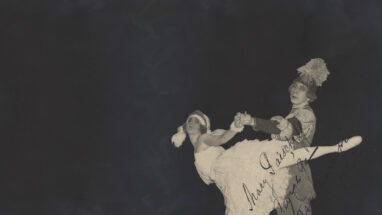
The Finnish Opera establishes a ballet company
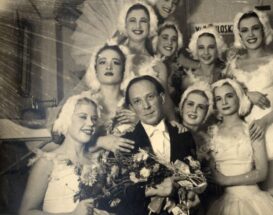
Gé, Saxelin, Gé, Saxelin…
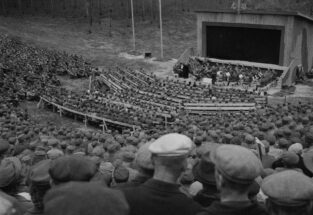
Tours for soldiers and sad news from the front
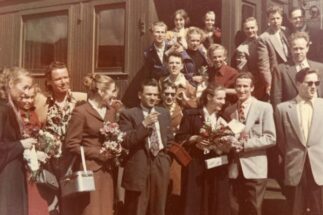
Summer tours and films bring ballet to the entire nation
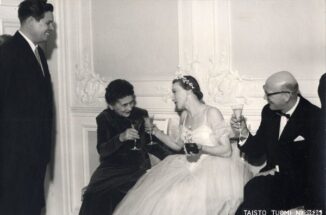
International stars from the east and west
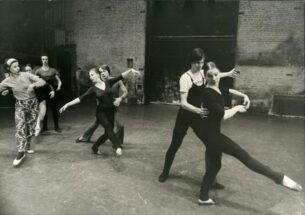
Ballet masters change, Sylvestersson remains

The Finnish National Ballet as an ambassador for Finland
